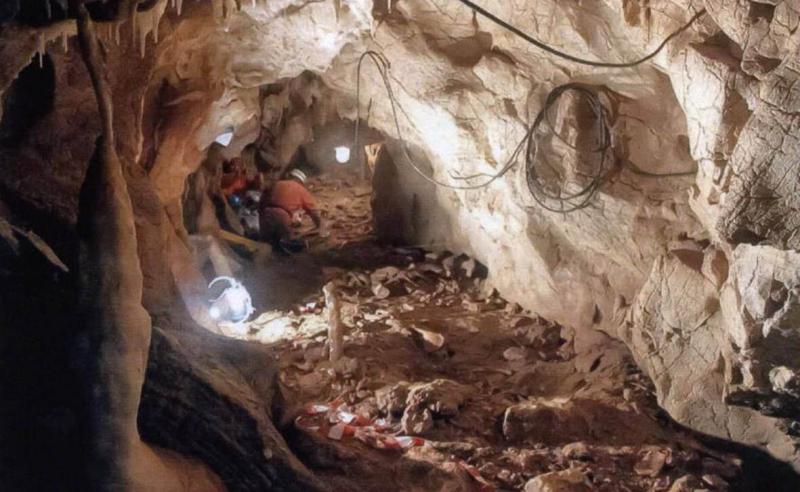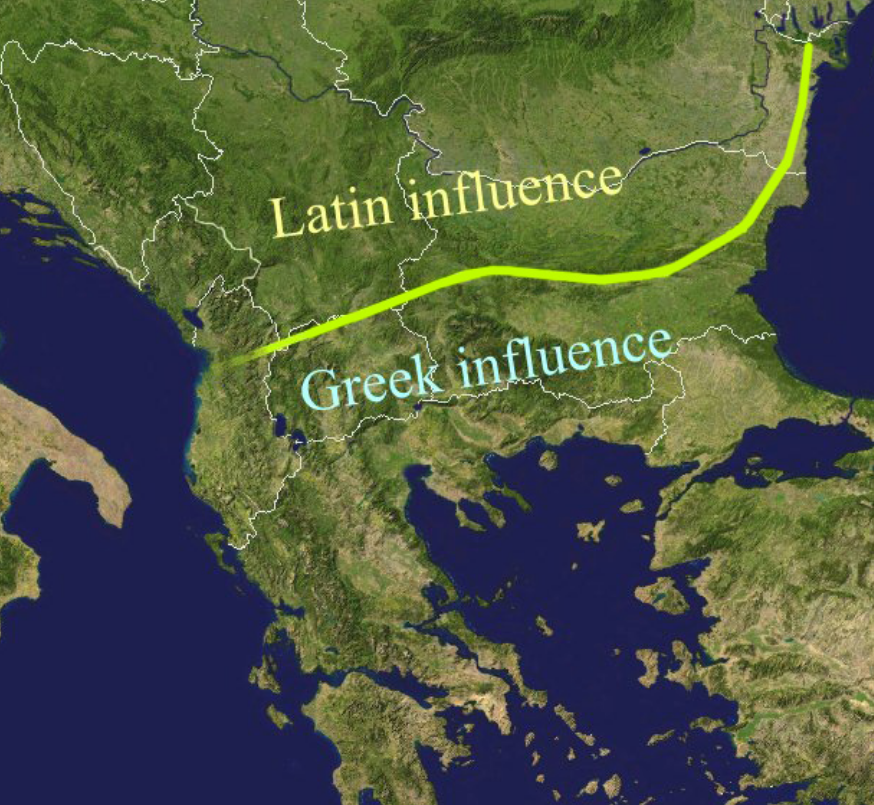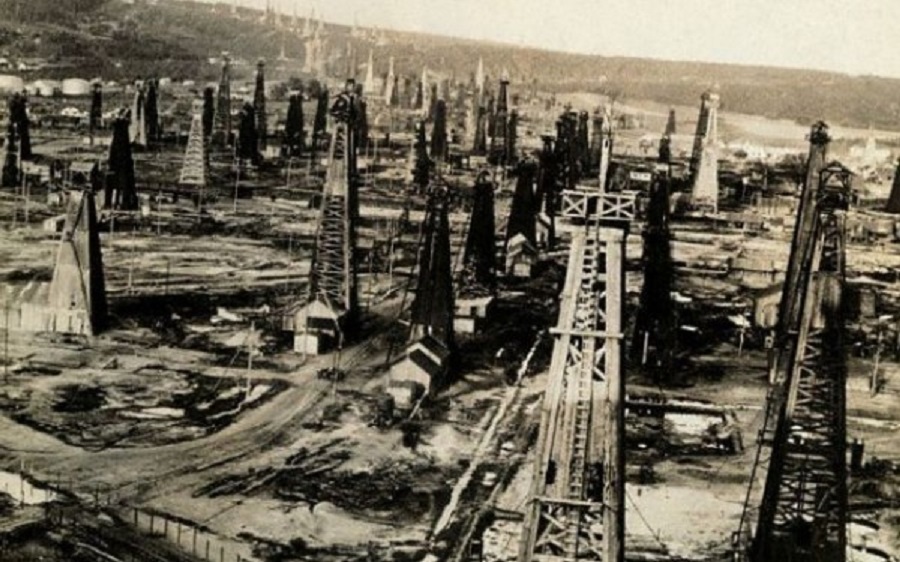![]() Published in Romania - Social interactions and entertainment - 05 Jun 2024 09:24 - 8
Published in Romania - Social interactions and entertainment - 05 Jun 2024 09:24 - 8
Greetings friends,
The second nation I would like to dive in some details, is Romania. In eDominacy, it is known as a country situated in Eastern Europe, from the Danube river up to the Baltics, and further north, in south Finland. As of today, Day 70, there are some powerful people residing in Romania, such as BattleHero, jangas, Tankardist, Dellex and President humulus.
It is the fifth most populated country in the world, having 183 citizens, and Brainstorming Party is the fifth most populous political party in the world. Coincidentally, in terms of firepower, Romania is also fifth, amassing over 1,38 million hits, and over 24B damage.
As you see, if the number 5 was a sport, Romania would be champions!
Romania, a country full of mountains and medieval castles, it is also know as the impaling capital of the world. From its ancient roots to intriguing tales from more recent times, Romania's history is rich and interesting.
1. The Oldest Human Remains in Europe
Romania is home to some of the oldest modern human remains discovered in Europe. In 2002, a set of 34,000-36,000-year-old human fossils was found in the "Cave with Bones" (Peștera cu Oase) in southwestern Romania. These remains provide crucial insights into the early presence of Homo sapiens in Europe and their interactions with Neanderthals.

2. The Birthplace of Vlad the Impaler
While many associate Vlad the Impaler, also known as Vlad Dracula, with the fictional vampire count created by Bram Stoker, few realize the significant historical impact he had on Romania. Born in Sighișoara in 1431, Vlad III was a prince of Wallachia and is remembered for his fierce resistance against the Ottoman Empire and his brutal yet effective rule, which has become legendary over the centuries.

3. The Dacian Civilization
Before the Romans conquered the region, Romania was the heartland of the ancient Dacian civilization. The Dacians were known for their advanced society, impressive fortresses, and fierce resistance against Roman expansion. The Dacian Wars (101-102 and 105-106 AD) led to the eventual Roman conquest of Dacia, marking a significant chapter in Romanian history. Remnants of Dacian fortresses and artifacts continue to be unearthed, providing a glimpse into this ancient culture.

4. The Unique Latin Heritage
Romania is unique among its neighbors in that it has a Romance language, a legacy of Roman occupation. While surrounded by Slavic, Hungarian, and Turkic languages, Romanian retains its Latin roots, making it a linguistic island in Eastern Europe. This Latin heritage is a testament to the profound and lasting influence of the Roman Empire on the region.

5. The Little Union
On January 24, 1859, Romania took a significant step towards unification with the event known as the "Little Union" (Mica Unire). This was the unification of the principalities of Wallachia and Moldavia under Prince Alexandru Ioan Cuza, setting the stage for the modern Romanian state. This union was a crucial milestone in the long journey towards the full independence and unification of all Romanian-speaking territories.
6. The Great Unification of 1918
While many are familiar with the Treaty of Trianon and the post-World War I reshaping of Europe, fewer people know about the Great Union (Marea Unire) on December 1, 1918, when Transylvania, Banat, Crișana, and Maramureș united with the Kingdom of Romania. This day is now celebrated as Romania's National Day, commemorating the momentous occasion when these regions came together to form Greater Romania.

7. The Black Church of Brașov
The Black Church (Biserica Neagră) in Brașov is one of Romania’s most impressive Gothic structures. It earned its name after being partially destroyed by a fire in 1689, which blackened its walls. What many might not know is that the Black Church houses the largest collection of Oriental carpets outside Turkey, a unique cultural treasure collected over centuries and showcasing Romania's historical connections with the East.

8. The First Oil Refinery in the World
Romania has a surprising industrial accolade: it was home to the world's first industrial-scale oil refinery, built in 1856 in Ploiești. This refinery marked the beginning of the modern oil industry, a sector in which Romania would play a significant role, especially during the first half of the 20th century.

9. Bucharest’s Little Paris
In the late 19th and early 20th centuries, Bucharest was known as "Little Paris" (Micul Paris) due to its elegant architecture and vibrant cultural scene. The influence of French culture was so profound that many of the city's buildings and urban designs mirrored those of Paris, and the Romanian elite often spoke French and followed French fashions.

10. The Revolution of 1989
The Romanian Revolution of 1989 was a pivotal moment not just for Romania but for the entire Eastern Bloc. Romania was the only country in the Eastern Bloc to overthrow its communist regime violently, culminating in the trial and execution of dictator Nicolae Ceaușescu and his wife, Elena. This dramatic and tumultuous period led to the fall of communism in Romania and marked the beginning of a new democratic era.
And a bonus fact, Romania hasn't compete for Miss Romania since 2021. So the last Miss Romania 2021 is Ms. Carmina Cotfas
:format(webp):quality(80)/wp-content/uploads/2021/11/carmina2.jpg)
Well, that's all, it's been a fun ride in Romania, I hope you sleep tonight knowing something more about the country. Please vote and sub for the next country!
Farewell,

The second nation I would like to dive in some details, is Romania. In eDominacy, it is known as a country situated in Eastern Europe, from the Danube river up to the Baltics, and further north, in south Finland. As of today, Day 70, there are some powerful people residing in Romania, such as BattleHero, jangas, Tankardist, Dellex and President humulus.
It is the fifth most populated country in the world, having 183 citizens, and Brainstorming Party is the fifth most populous political party in the world. Coincidentally, in terms of firepower, Romania is also fifth, amassing over 1,38 million hits, and over 24B damage.
As you see, if the number 5 was a sport, Romania would be champions!
Romania, a country full of mountains and medieval castles, it is also know as the impaling capital of the world. From its ancient roots to intriguing tales from more recent times, Romania's history is rich and interesting.
1. The Oldest Human Remains in Europe
Romania is home to some of the oldest modern human remains discovered in Europe. In 2002, a set of 34,000-36,000-year-old human fossils was found in the "Cave with Bones" (Peștera cu Oase) in southwestern Romania. These remains provide crucial insights into the early presence of Homo sapiens in Europe and their interactions with Neanderthals.

2. The Birthplace of Vlad the Impaler
While many associate Vlad the Impaler, also known as Vlad Dracula, with the fictional vampire count created by Bram Stoker, few realize the significant historical impact he had on Romania. Born in Sighișoara in 1431, Vlad III was a prince of Wallachia and is remembered for his fierce resistance against the Ottoman Empire and his brutal yet effective rule, which has become legendary over the centuries.
3. The Dacian Civilization
Before the Romans conquered the region, Romania was the heartland of the ancient Dacian civilization. The Dacians were known for their advanced society, impressive fortresses, and fierce resistance against Roman expansion. The Dacian Wars (101-102 and 105-106 AD) led to the eventual Roman conquest of Dacia, marking a significant chapter in Romanian history. Remnants of Dacian fortresses and artifacts continue to be unearthed, providing a glimpse into this ancient culture.

4. The Unique Latin Heritage
Romania is unique among its neighbors in that it has a Romance language, a legacy of Roman occupation. While surrounded by Slavic, Hungarian, and Turkic languages, Romanian retains its Latin roots, making it a linguistic island in Eastern Europe. This Latin heritage is a testament to the profound and lasting influence of the Roman Empire on the region.

5. The Little Union
On January 24, 1859, Romania took a significant step towards unification with the event known as the "Little Union" (Mica Unire). This was the unification of the principalities of Wallachia and Moldavia under Prince Alexandru Ioan Cuza, setting the stage for the modern Romanian state. This union was a crucial milestone in the long journey towards the full independence and unification of all Romanian-speaking territories.
6. The Great Unification of 1918
While many are familiar with the Treaty of Trianon and the post-World War I reshaping of Europe, fewer people know about the Great Union (Marea Unire) on December 1, 1918, when Transylvania, Banat, Crișana, and Maramureș united with the Kingdom of Romania. This day is now celebrated as Romania's National Day, commemorating the momentous occasion when these regions came together to form Greater Romania.

7. The Black Church of Brașov
The Black Church (Biserica Neagră) in Brașov is one of Romania’s most impressive Gothic structures. It earned its name after being partially destroyed by a fire in 1689, which blackened its walls. What many might not know is that the Black Church houses the largest collection of Oriental carpets outside Turkey, a unique cultural treasure collected over centuries and showcasing Romania's historical connections with the East.

8. The First Oil Refinery in the World
Romania has a surprising industrial accolade: it was home to the world's first industrial-scale oil refinery, built in 1856 in Ploiești. This refinery marked the beginning of the modern oil industry, a sector in which Romania would play a significant role, especially during the first half of the 20th century.

9. Bucharest’s Little Paris
In the late 19th and early 20th centuries, Bucharest was known as "Little Paris" (Micul Paris) due to its elegant architecture and vibrant cultural scene. The influence of French culture was so profound that many of the city's buildings and urban designs mirrored those of Paris, and the Romanian elite often spoke French and followed French fashions.

10. The Revolution of 1989
The Romanian Revolution of 1989 was a pivotal moment not just for Romania but for the entire Eastern Bloc. Romania was the only country in the Eastern Bloc to overthrow its communist regime violently, culminating in the trial and execution of dictator Nicolae Ceaușescu and his wife, Elena. This dramatic and tumultuous period led to the fall of communism in Romania and marked the beginning of a new democratic era.
And a bonus fact, Romania hasn't compete for Miss Romania since 2021. So the last Miss Romania 2021 is Ms. Carmina Cotfas
:format(webp):quality(80)/wp-content/uploads/2021/11/carmina2.jpg)
Well, that's all, it's been a fun ride in Romania, I hope you sleep tonight knowing something more about the country. Please vote and sub for the next country!
Farewell,

Support
Tankardisterror_404Shadow_man83OchiReciComments (8)

The number 5 is not just a coincidence. Hero has 5 women in real life, 5 clones in the game, and has stolen 5555g from the Romanian treasury so far.

You are wrong, the most powerful romanian is Ochireci. When he writes, the IQ of all those who read it drops.

I bet his IQ is just 5.

Nice article o7

Great article!!! Hail Romania 🇷🇴 o7

o7

V+s
Very accurate, ty

nice article o7


